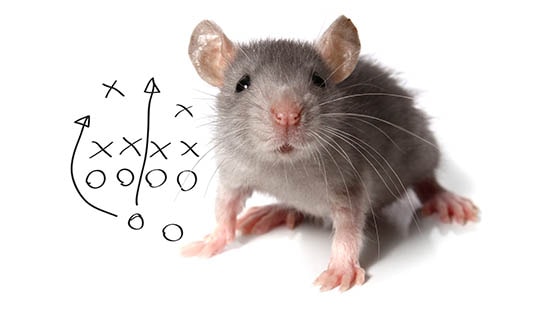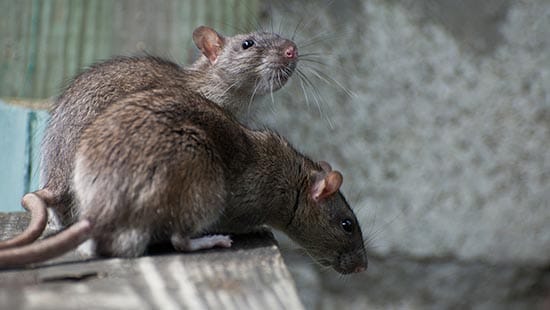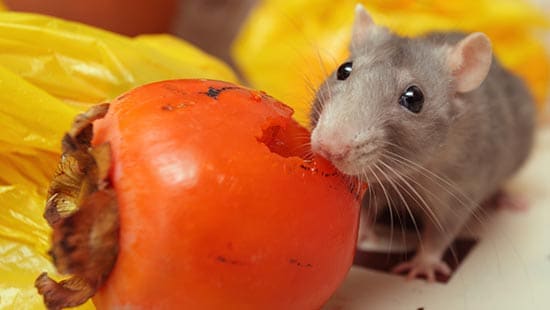
Employees,
Your First Defense Against Rodents
Because rodents are prolific breeders and rarely seen during the day or when operation is in full swing, an infestation can develop quickly. Thus, not only is a good rodent management program critical, but all employees should be aware of how they can enter your facility, the signs of their presence, and the damage they can cause.
Rodent Entry
Rats and mice can be wily creatures, attracted to food facilities by the warmth and odors emitted, then scurrying in through open doors or small gaps or hitchhiking in on incoming goods. And once in the facility, they can consume and contaminate foods and be a source of audit and inspection failures and fines.
Signs of Rodent Presence
Live or dead rats or mice are, of course, the most obvious sign of rodent presence. But all workers, particularly those on the sanitation shift or other off-hour duties, should also be aware of—and inform management immediately if they see any—droppings, piled nesting materials, gnawed packaging, or oily- looking smudge marks and/or hairs along walls and in corners. Presence may also be evidenced by a skittering sound on floors or rafters or even a fetid odor if an infestation has grown large.
Rodent Damage and Contamination
Rodents will urinate and drop feces as they scurry around the facility, spreading bacteria and contamination—from beneath equipment and behind walls to across food surfaces, packaging, and even food itself. While they don’t necessarily consume great amounts of food, they will damage and contaminate packaging in their gnawing to get to the food, rendering the product adulterated. According to the Centers for Disease Control and Prevention, rodents can transmit more than 35 diseases to humans through direct handling or contact with their urine, feces, or saliva; and this same contact with food can be a source of foodborne diseases, such as salmonellosis.
More Resources

Rodent Defense
The Science Behind Rodent Control. A winning playbook for rodent defense and food safety.

Common Types of Rodents
Rodents present a significant risk to food safety due to their ability to vector and spread diseases. Here are the common rodents you should look out for.

Food Safety 101: Inspecting Winter Deliveries for Rodents
Whether your food facility is located in the frigid north or hot south, winter months mean cooling weather which can significantly impact rodent behavior.



